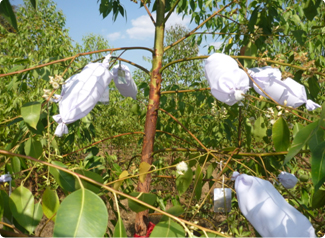

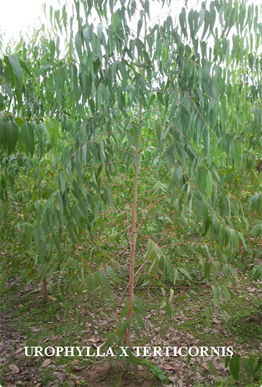
Pollination is the transfer of male gametophytes (Pollen) from the ripe anther to the receptive, usually sticky stigma of a flower. The pollen grain may be carried by wind, insects or water, and the transfer is usually not controlled in any way. The fertilised ovules give rise to seeds.
In forestry, it is often desirable to produce seeds of known parentage, <em>i.e. </em>to control pollinate. Formally, controlled pollination is defined as the crossing of selected parents in a pre-determined arrangement in order to effect pollination and seed development.
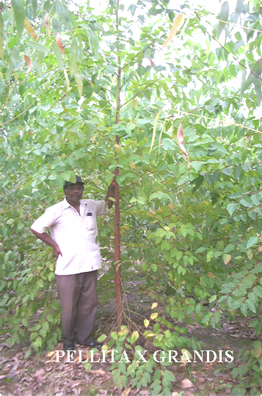
| To create genetic combinations this would otherwise be impossible in nature. | ||
| To produce seed of known parentage. | ||
| To provide progeny for evaluation of parents and future generation of selection | ||
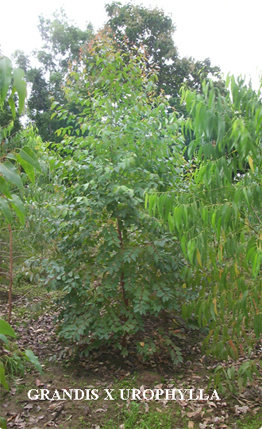
| Control Pollination (CP) | ||
| Stop Pollination (OSP) and | ||
| Artificially Induced Protogyny (AIP). | ||
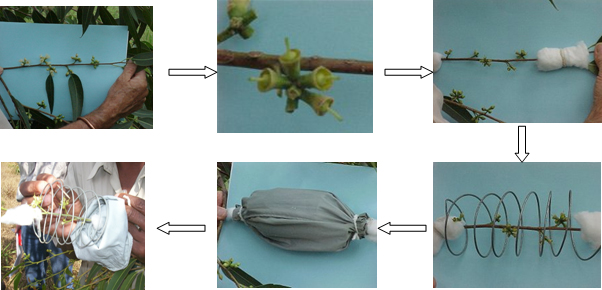
We have planted Acacia auriculiformis (Springvale, Queensland) and Acacia mangium (Oriomo, PNG) side by side and collected the seed from A. auriculiformis because in A. mangium, the main stem is straight with many branches remaining attached to it for several years whereas, branching is generally heavy only when the tree reaches a height of 1 – 3 mts at which point it takes on a bushy appearance
.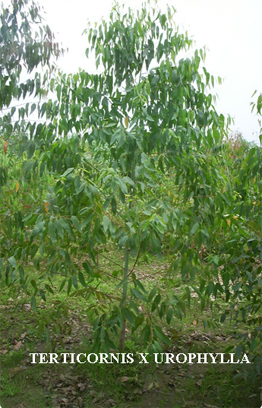
The branching behaviour of Acacia hybrid is its major differentiating feature. The main stem, though not as straight as A. mangium, is much straighter than the A auriculiformis. It has several small and light branches that can be easily pruned and has got a natural pruning ability.

The three pollination techniques viz.
| Control Pollination (CP) | |
| One Stop Pollination (OSP) and | |
| Artificially Induced Protogyny (AIP). |
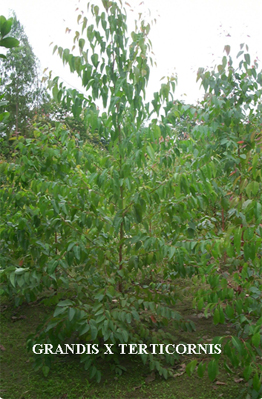
Natural hybrids of Acacia were collected from crossing between A mangium and A auriculiformis in the orchard where mangium and auriculiformis are planted side by side.
On the season, where flowering of mangium and auriculiformis coincides, seeds from superior mangium trees were collected. (A mangium is made as a mother,because it grows straight & possess self-pruning capacity).
